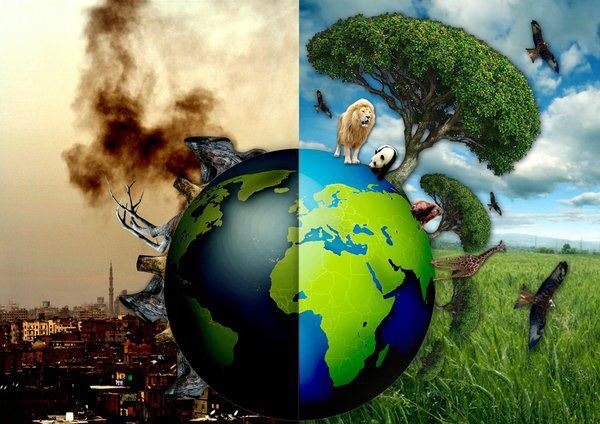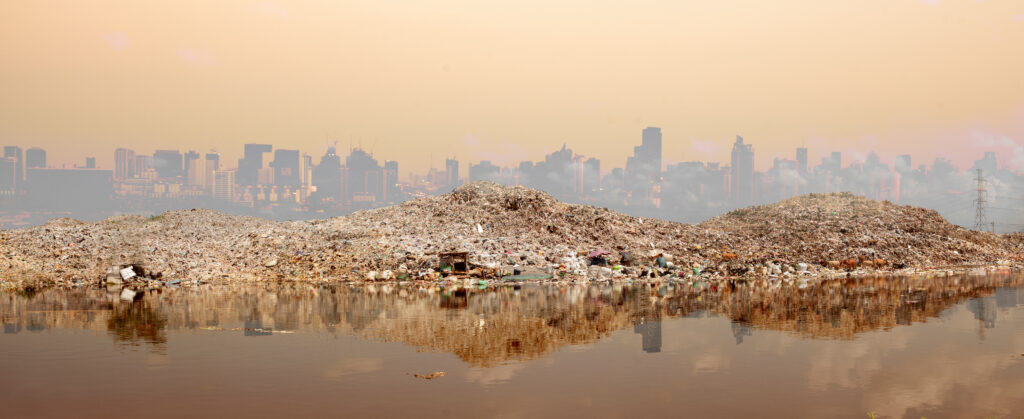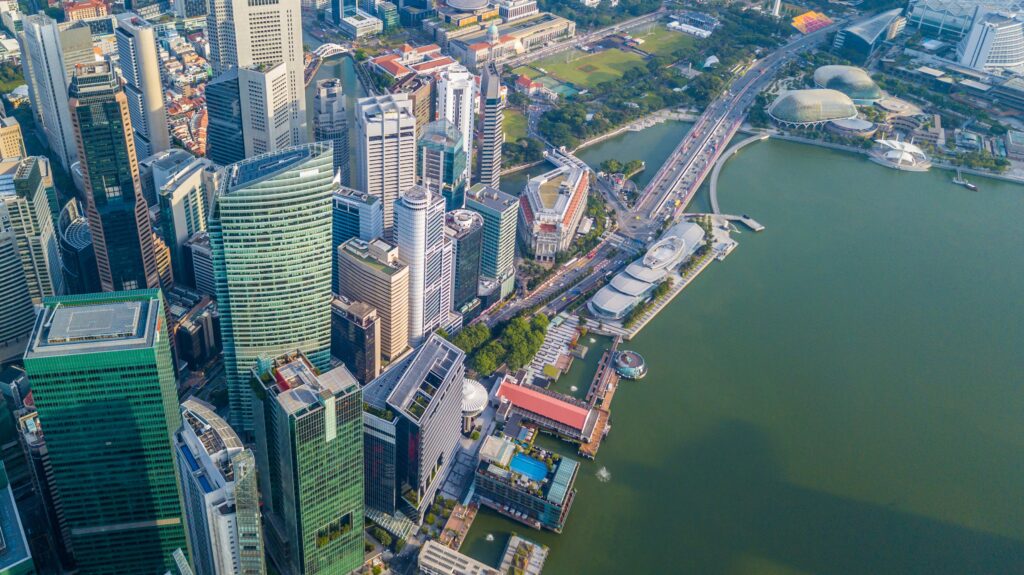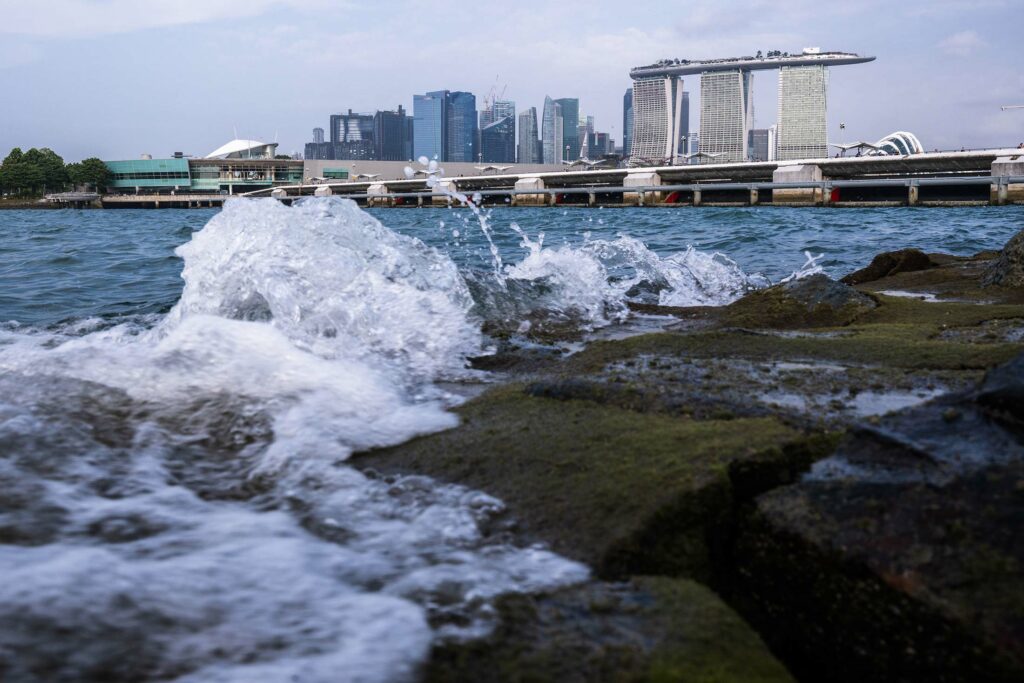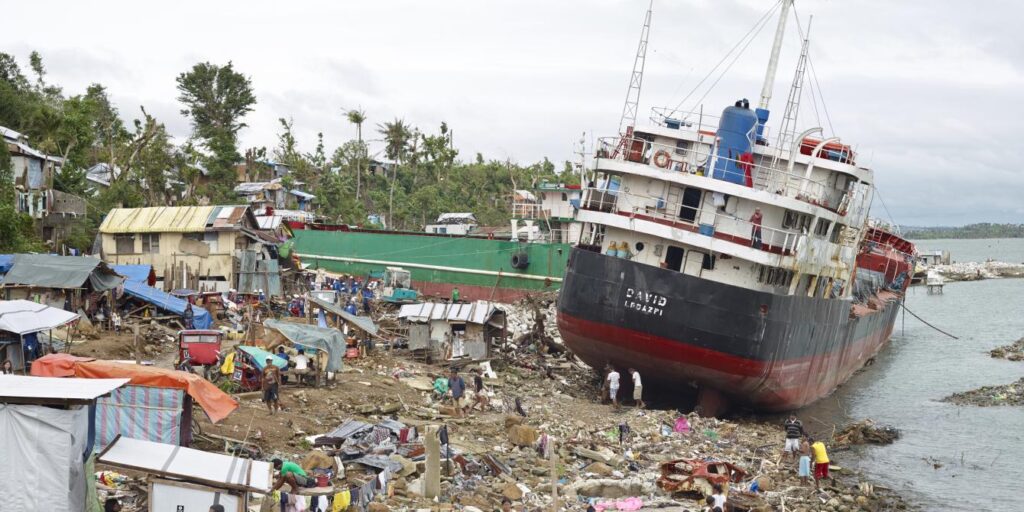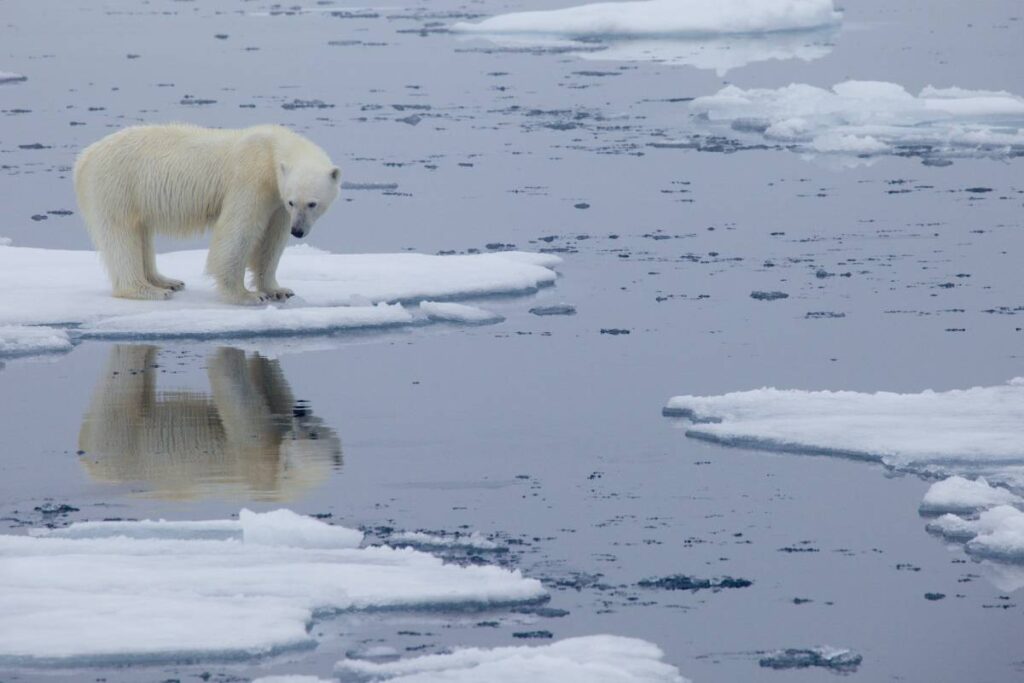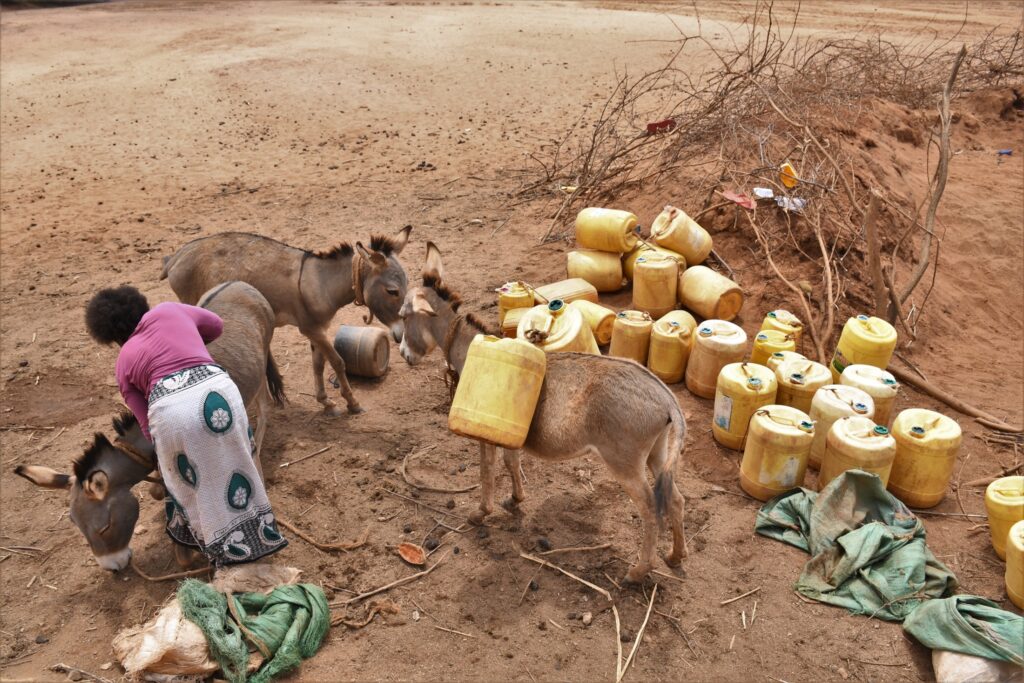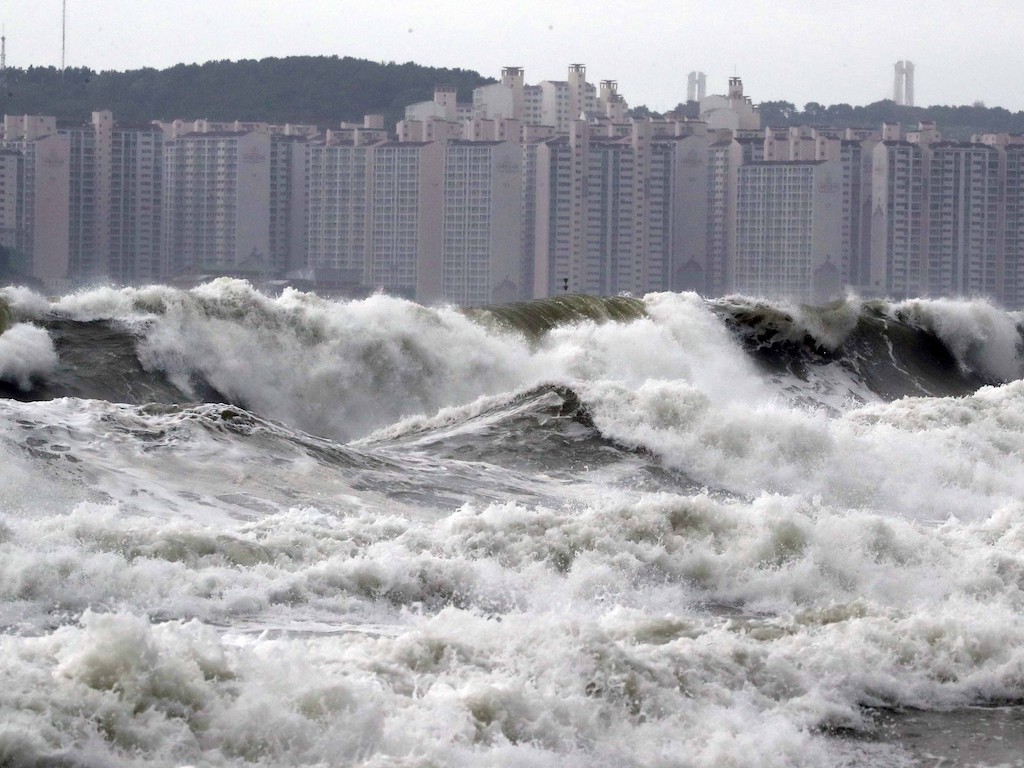Human impact on the environment has been escalating since the Industrial Revolution. Atmospheric carbon dioxide levels have surpassed 420 parts per million – the highest in over 14 million years –driving anthropogenic climate change.
This has led to more frequent and severe natural disasters. In 2023 alone, climate-related events displaced nearly 27 million people worldwide. Human actions and human activity trigger environmental damage that cycles back to create harsher living conditions for human population. If this pattern continues unchecked, we risk undermining the systems sustaining human life.
Atmospheric Impacts of Human Activities
The overarching impact humans have on the environment is on the atmosphere. The atmosphere is critical in making the Earth’s conditions suitable for human life by maintaining stable global temperatures, providing oxygen and facilitating the water cycle. While some people take these processes for granted, they shouldn’t, as small changes can have significant consequences.
Global Warming and Climate Change
Human-induced climate change is the largest issue that trickles down to impact most other processes within the atmosphere. Industrialisation and rapid urbanisation are causing atmospheric CO₂ concentrations to increase 100 times faster than any previous natural increase.
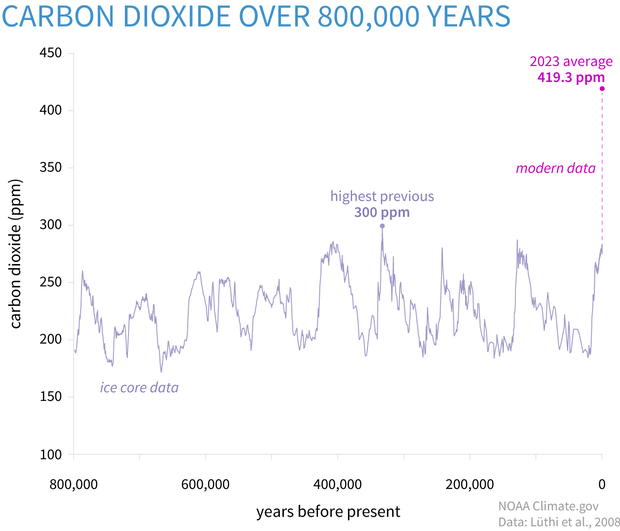
This rise in greenhouse gases leads to a myriad of effects, from higher global temperatures to altered weather patterns. This results in climate disruptions, like more frequent extreme weather events, sea-level rise and changing precipitation patterns.
This has countless impacts on humans, and particularly on vulnerable developing countries. Bangladesh, for instance, is highly vulnerable to sea-level rise, which could displace 20 million people by 2050.
Ozone Layer Depletion
Chlorofluorocarbons (CFCs) and other ozone-depleting substances have caused the ozone layer to thin, most notably over Antarctica. While the Montreal Protocol has led to significant recovery, in 2021, the ozone hole reached approximately 24.8 million square km. This thinning of the ozone layer allows more ultraviolet (UV) radiation to reach the Earth’s surface, which leads to higher incidences of skin cancer and cataracts.
Acid Rain
Industrial pollutants like sulphur dioxide and nitrogen oxides react with water vapour to form sulphuric and nitric acids. This acidic precipitation lowers the pH of soils and water bodies, harming plants and aquatic life.
Disruption of the Nitrogen Cycle
Excessive use of nitrogen-based fertilisers has more than doubled the amount of reactive nitrogen circulating globally compared to pre-industrial levels. This disrupts the nitrogen cycle, leading to environmental issues like eutrophication.
Currently, there are over 415 coastal dead zones from eutrophication. These hypoxic zones deplete oxygen in water bodies, killing marine life and affecting fisheries, which in turn impacts ecosystems and human livelihoods.
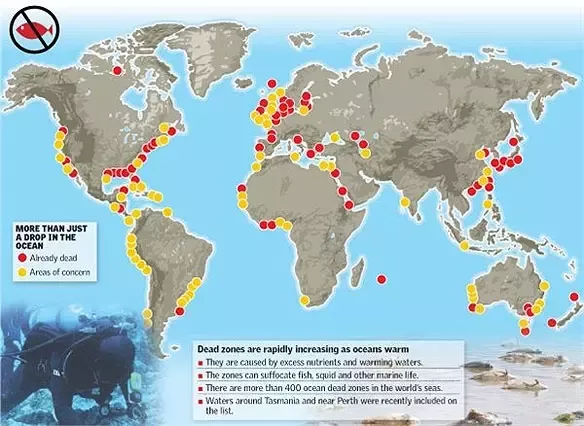
Causes of Environmental Degradation
Human actions are at the core of impacts on the environment.
Overconsumption
The world’s consumption patterns are unsustainable. Humanity uses the equivalent of 1.7 Earths’ worth of resources. This means that we’re using natural resources faster than they can regenerate.
This excessive use leads to resource depletion, habitat loss and increased waste, pushing natural systems toward collapse. For example, overfishing in Japan’s coastal waters has led to a decline in fish stocks, affecting both the environment and local economies.
Population Growth
The global population has surged past 8 billion, intensifying the demand for food, water and energy. This growth leads to habitat destruction for agriculture and living space, increased greenhouse gas emissions and greater waste production. The United Nations projects that the population could reach 9.7 billion by 2050, further exacerbating environmental pressures.
This is particularly critical for fast growing and densely populated countries like Bangladesh and India that already struggle to sustainably provide for their existing population and adapt to climate impacts.
Industrialisation and Urbanisation
Industrial expansion and urban growth significantly contribute to environmental degradation. Over 55% of the world’s population now lives in urban areas, a figure expected to rise to 68% by 2050.
Urbanisation often leads to deforestation, increased pollution and loss of biodiversity. Urban areas account for over 70% of global greenhouse gas emissions.
Critical Industries Affecting the Environment
Several industries critical to global economies and globalisation have outsized environmental impacts. Each can be made more sustainable, yet action is generally slower than needed.
Energy Production: Fossil Fuels Are the Largest Source of Greenhouse Gases
Energy production, mainly from fossil fuels, is the largest source of greenhouse gas emissions, accounting for about 75% of global emissions. Reliance on coal, oil and gas leads to air pollution and contributes to climate change. Burning fossil fuels to meet the global demand for energy drives economic growth but also has significant environmental impacts, including increased nitrous oxide emissions, disruption of plant populations and plant species and adverse effects on various environmental factors.
Transitioning to renewable energy sources like wind, solar and hydroelectric power offers significant potential to reduce emissions. However, the global energy transition is not on track to meet critical tipping points. Renewable energy adoption needs to increase by at least 16% annually to meet the COP28 pledge to triple renewable energy capacity by 2030.
Agriculture and Deforestation
Agriculture is responsible for around 12% of global greenhouse gas emissions, mainly due to deforestation and methane emissions from livestock. The Food and Agriculture Organisation notes that 100,000 square km of forest are lost annually to agriculture, disrupting ecosystems and reducing carbon sequestration. For example, Indonesia has lost 19% of its tree cover since 2001, primarily due to deforestation for palm oil plantations, causing a significant decline in biodiversity.
Mining and Resource Extraction
Mining activities are critical for gathering materials needed for most parts of modern life – from technology to renewable energy. However, unsustainable mining practices lead to soil erosion, heavy metal contamination of water sources and biodiversity loss.
China is the world’s leading miner of rare earth minerals and is seeing devastating health and environmental impacts. The country estimates it will cost USD 5.5 billion to clean up existing mining contamination and there are “cancer villages” with disproportionately high cancer rates adjacent to mining operations.
Transportation
Transportation is the largest source of energy-related emissions in 45% of countries. Beyond emissions, transportation contributes to air pollution, a significant public health risk. In India’s major cities, vehicular pollution accounts for the largest share of total air pollution. Sustainable transport solutions like electric vehicles and improved public transportation are critical to reducing emissions.
Urgent Need for Mitigation and Adaptation
Addressing the extreme human impact on the environment requires urgent, collaborative action focused on mitigation and adaptation. To limit global warming to 1.5°C, we must reduce CO₂ emissions by 45% by 2030 and reach net zero by around 2050. This entails transitioning to renewable energy, enhancing energy efficiency and adopting sustainable practices across industries.
Adaptation strategies are vital simultaneously. Investing USD 1.8 trillion globally in climate adaptation from 2020 to 2030 could generate USD 7.1 trillion in net benefits. Implementing resilient infrastructure, early warning systems and climate-smart agriculture is crucial for decision-makers across Asia. By integrating climate science into actionable policies and corporate strategies, we can drive significant progress toward a sustainable future.
Eric Koons
Writer, United States
Eric is a passionate environmental advocate that believes renewable energy is a key piece in meeting the world’s growing energy demands. He received an environmental science degree from the University of California and has worked to promote environmentally and socially sustainable practices since. Eric has worked with leading environmental organisations, such as World Resources Institute and Hitachi ABB Power Grids.
Eric is a passionate environmental advocate that believes renewable energy is a key piece in meeting the world’s growing energy demands. He received an environmental science degree from the University of California and has worked to promote environmentally and socially sustainable practices since. Eric has worked with leading environmental organisations, such as World Resources Institute and Hitachi ABB Power Grids.

